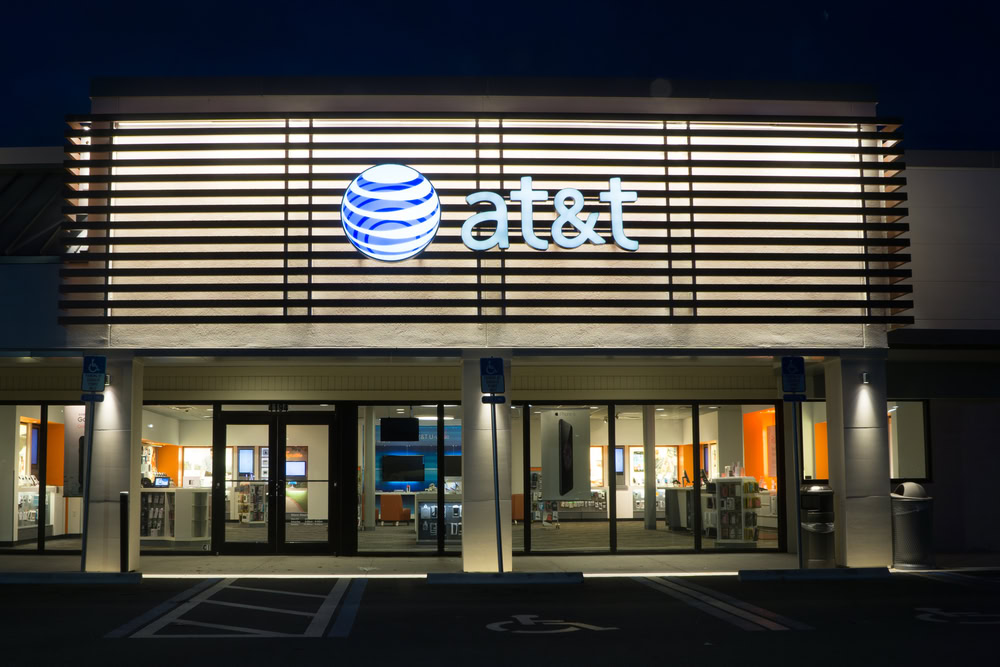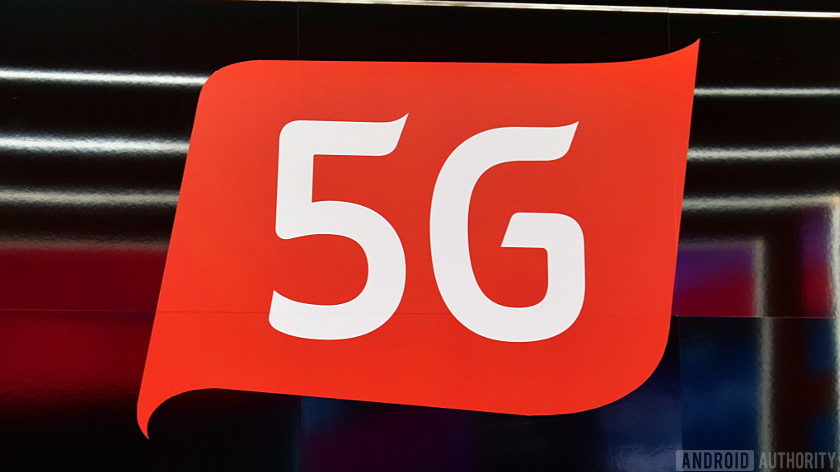Affiliate links on Android Authority may earn us a commission. Learn more.
AT&T 5G 'Evolution' network coming to Austin and Indianapolis, offering 400Mbps speeds

AT&T has been talking up 5G for a while now, with whispers of big plans for testing out the technology in Austin this year. At a special press conference today, AT&T has further elaborated on its 5G plans and will be paving the way for the next-gen tech in the US with an initial rollout of what it is calling “5G Evolution” in Austin and Indianapolis.
What is 5G Evolution? Basically, its the name of a new high-speed network that is supposed to reach top speeds of around 400 Mbps. This isn’t quite ‘real’ 5G, which is said to hit 1Gbps with ease, but it is a push in the right direction. AT&T says this is just the beginning and that it will continue to do special tests of its 5G technology in the months to come. AT&T also claims that this network could even potentially reach the gigabit range by the end of the year.
There’s no word on exactly when the 5G Evolution network will first go live, though it sounds like it could happen relatively ‘soon’.

AT&T’s 5G tests and the 5G Evolution network are just a small part of a broader initiative that AT&T dubs Network 3.0, aka Indigo. Basically AT&T’s Indigo efforts aim to use software upgrades as a means of improving existing hardware’s performance, allowing for faster speed and better performance with much smaller upgrade costs than would be evolved if they had to make major hardware investments.
Lastly, AT&T also plans to add two new 5G testbeds in Austin, which will go live this spring.
Bottom-line, AT&T is working hard to be the first U.S. carrier to break the 5G barrier. So far it certainly is making the right moves towards this goal, though we imagine Verizon and the rest of the major carriers won’t be too far behind.